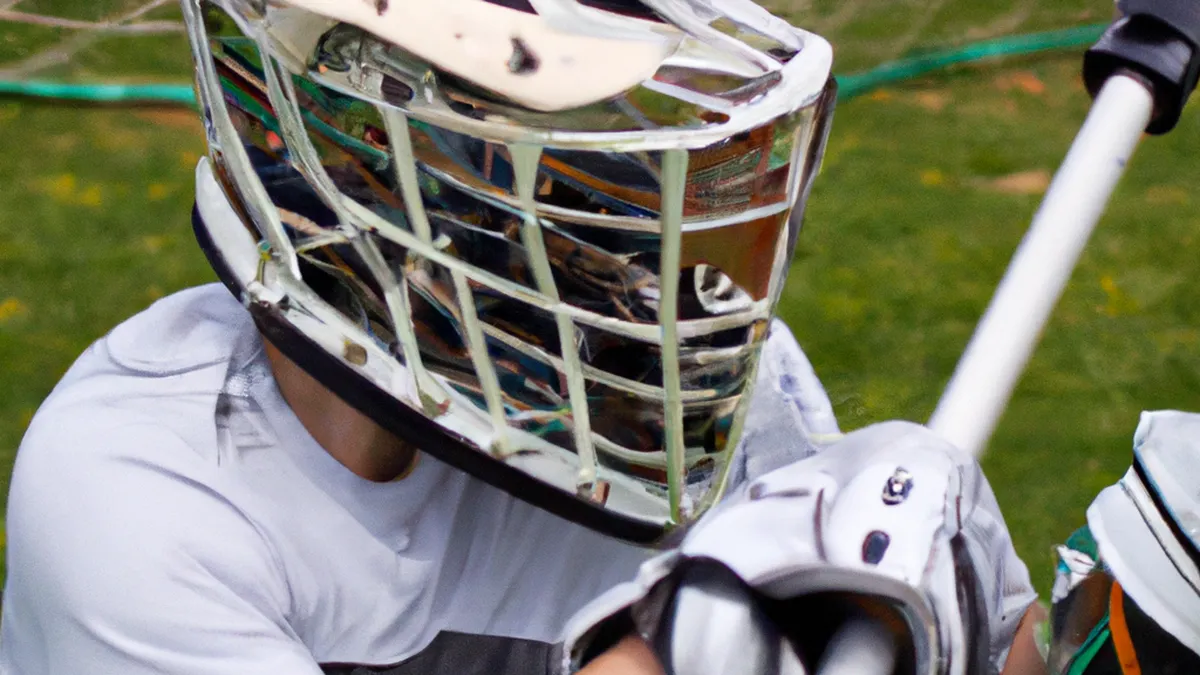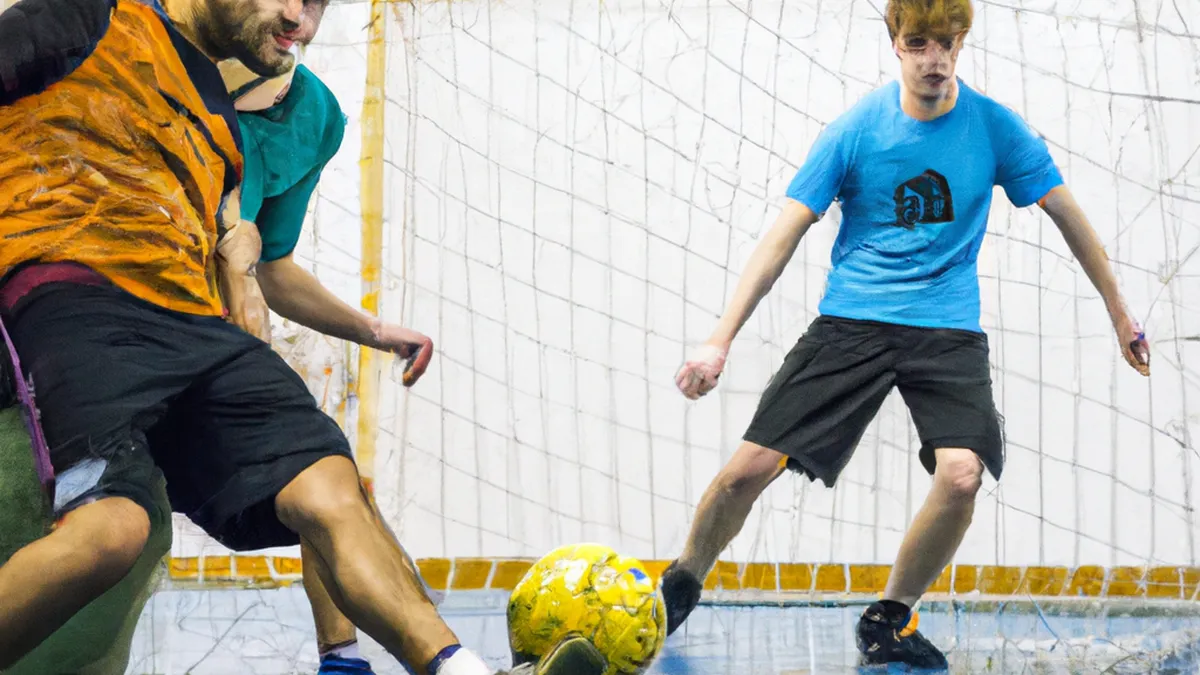Positional Play: A Game Changer for Youth Teams
Positional Play for Youth TeamsPositional play emphasizes positioning, space utilization, and teamwork in soccer. Young players can enhance their performance by understanding this concept. It encourages players to occupy specific areas, creating opportunities for themselves and teammates. This blog will explore positional play principles, actionable tips for coaches and players, and the benefits of this approach.
Understanding Positional Play
Positional play focuses on creating space and maintaining tactical organization. Players must learn to read the game and move into open areas. By doing so, they improve decision-making and team dynamics.Young players often struggle with spatial awareness and positioning. Coaches should emphasize these concepts during training. When players know their positions, they can make quicker, informed decisions. This skill is crucial for both attacking and defending.Key components of positional play include:1. **Space Creation**: Players create space for themselves and teammates by moving into areas to receive the ball.2. **Support Play**: Players must offer support to teammates in possession. They should position themselves effectively to provide passing options.3. **Movement Off the Ball**: Players should focus on their movement without the ball. Intelligent runs create space and open passing lanes.4. **Team Shape**: Proper team shape is critical in attack and defense. Players must understand their roles within the formation.
Tips for Implementing Positional Play
As an Amazon Associate I earn from qualifying purchases.
Gear tip: consider compression sleeves, compression socks, and percussive massager to support this topic.
1. Teach Spatial Awareness
Help young players develop spatial awareness. Encourage them to identify open areas on the field. Use drills emphasizing movement without the ball, like small-sided games in tight spaces.In a 4v4 game, players can find gaps between defenders and create passing opportunities. This drill reinforces the importance of spatial awareness.
2. Promote Team Communication
Communication is vital in positional play. Encourage players to talk to each other on the field. They should call for the ball, give directions, and express intentions. Coaches can organize activities requiring verbal cues, such as passing drills.This practice builds trust among teammates and fosters a cohesive playing style.
3. Use Game-Like Situations
Practice should closely resemble real game scenarios.
Conclusion
Incorporating positional play enhances youth soccer training by improving spatial awareness, communication, and teamwork.
Below are related products based on this post:
FAQ
What is positional play in soccer?
Positional play emphasizes the importance of positioning, space utilization, and teamwork. It encourages players to occupy specific areas on the field, which helps create opportunities for themselves and their teammates.
How can young players improve their spatial awareness?
Young players can enhance their spatial awareness by engaging in drills that emphasize movement without the ball. Activities like small-sided games help them identify open areas and create passing opportunities.
Why is communication important in positional play?
Communication is vital in positional play as it helps players coordinate their movements and intentions on the field. Encouraging players to talk during practice builds trust and fosters a cohesive playing style among teammates.















Post Comment